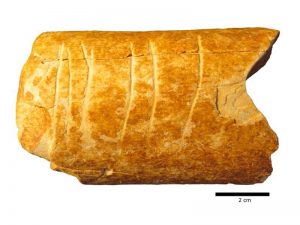
Forbes Magazine features groundbreaking marine research led by the Leon H. Charney School of Marine Sciences
“Unprecedented discoveries led by UofH scientists could transform our understanding of climate change and global sustainability,” according to the latest “Editor’s Pick” in Forbes Magazine. The


